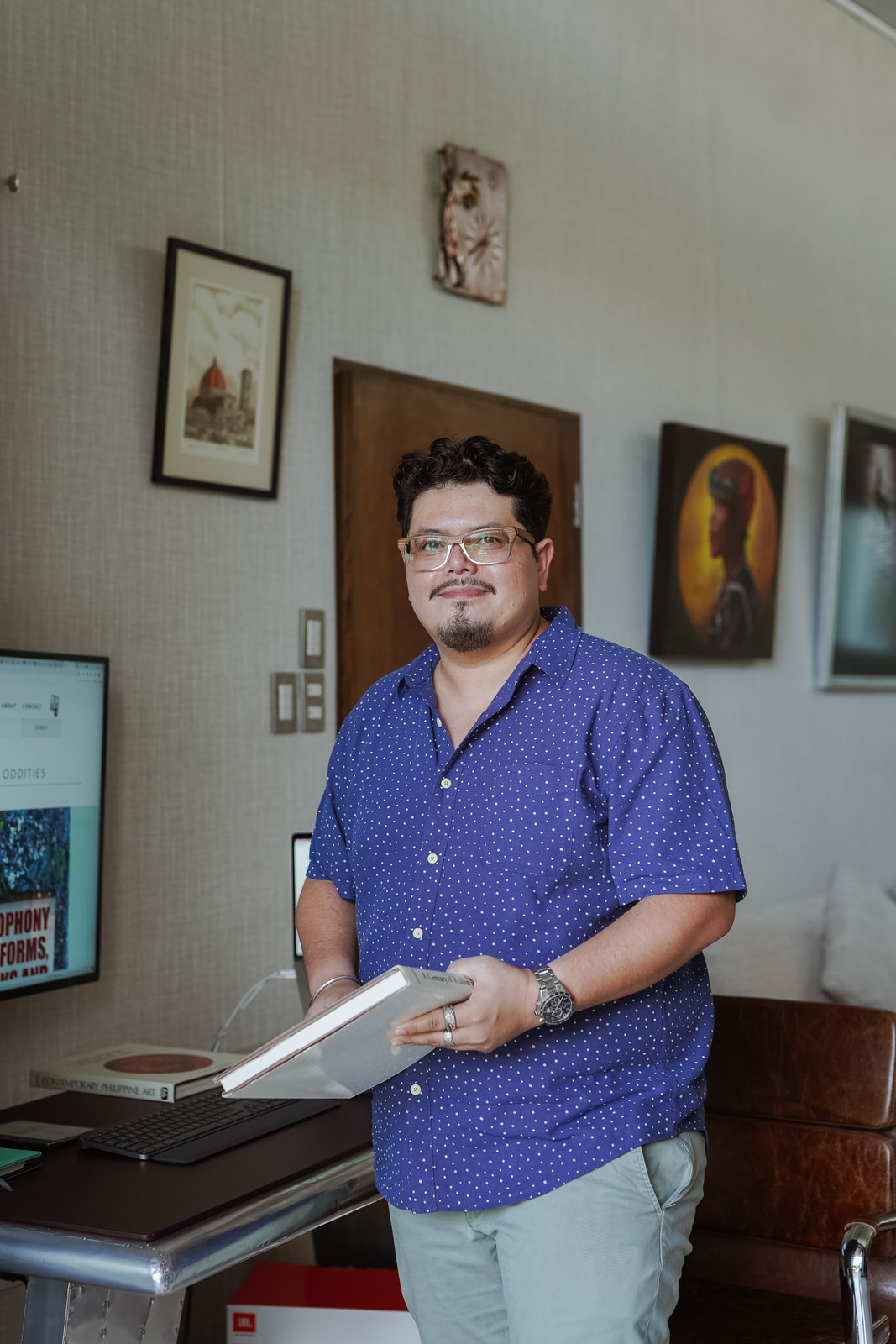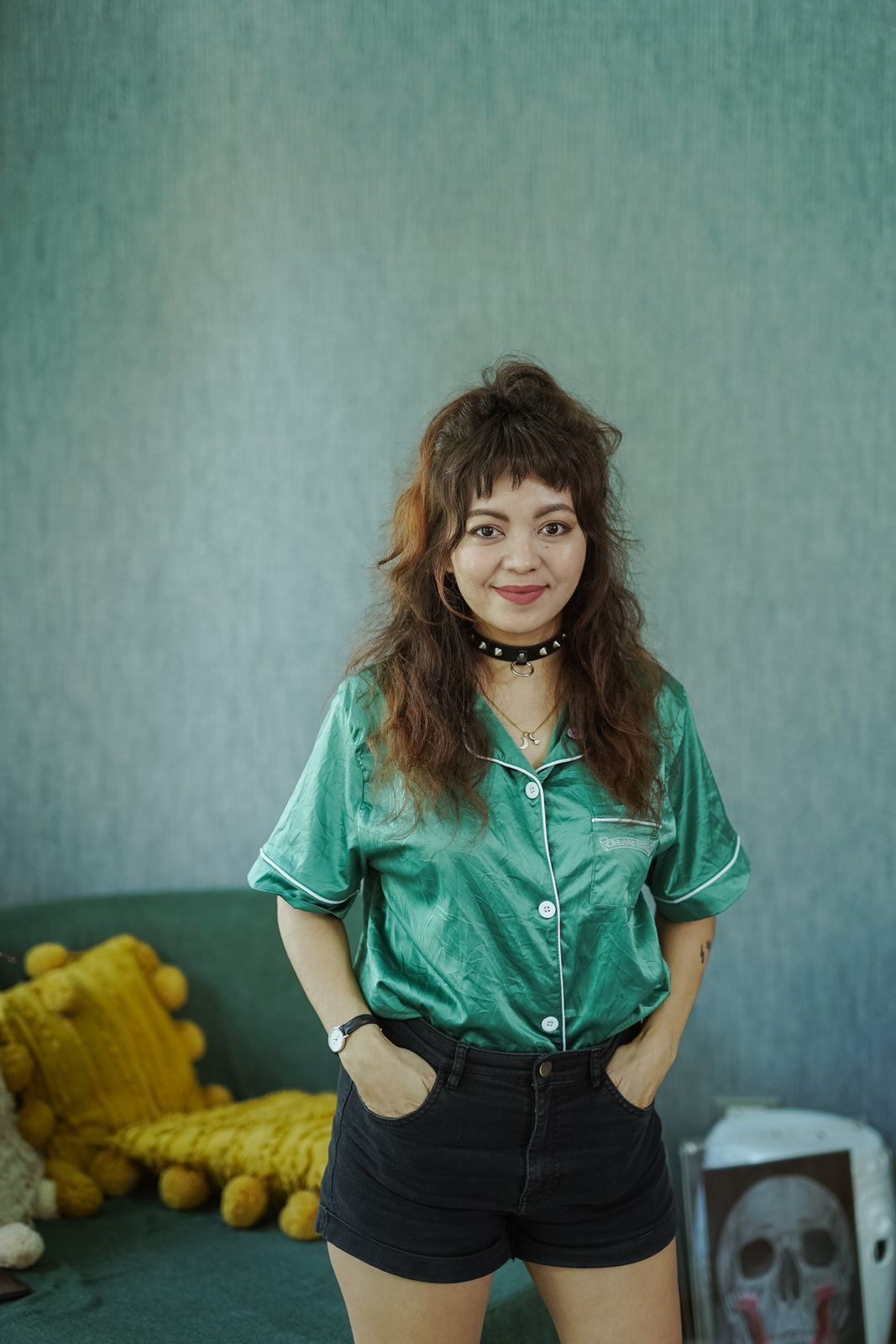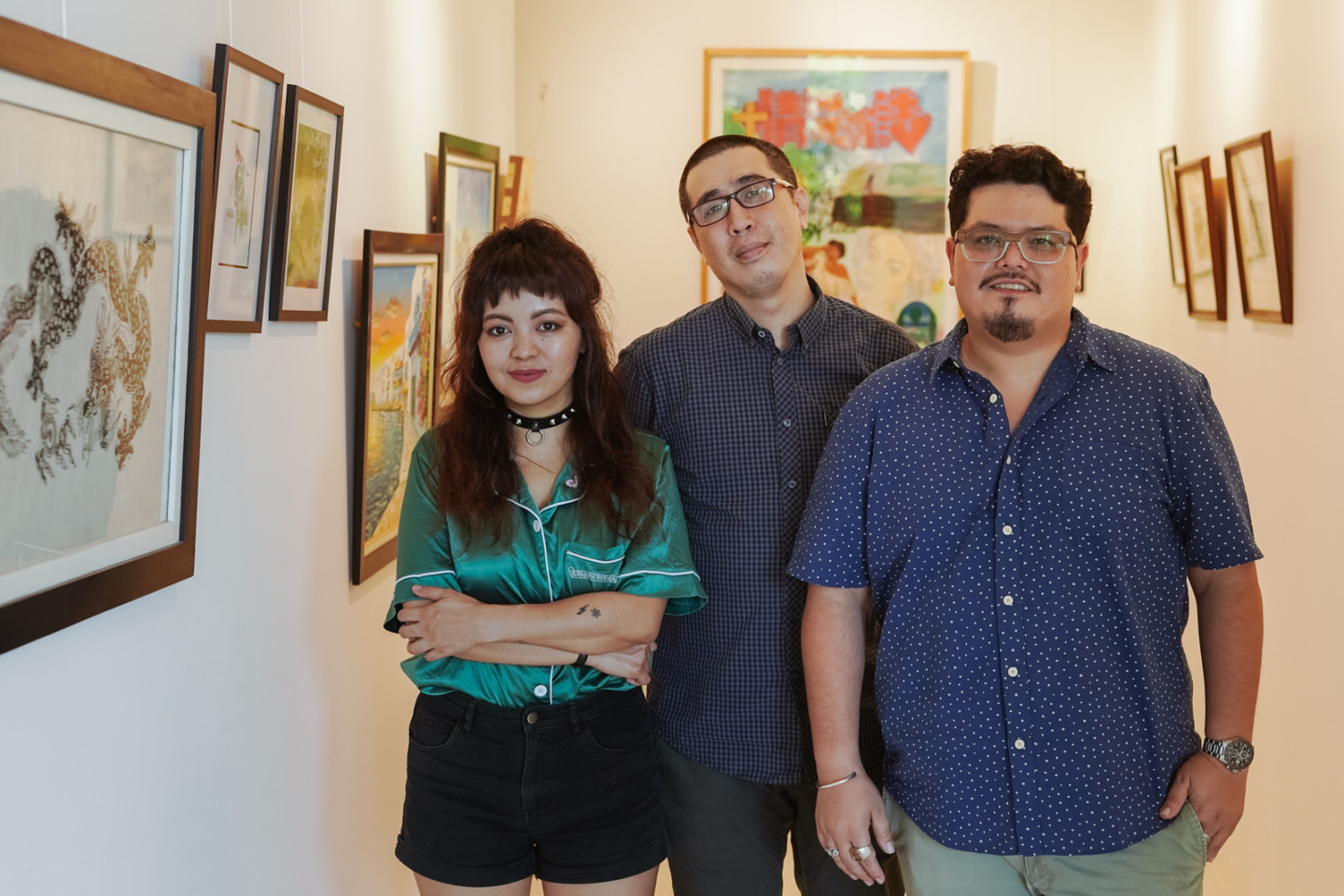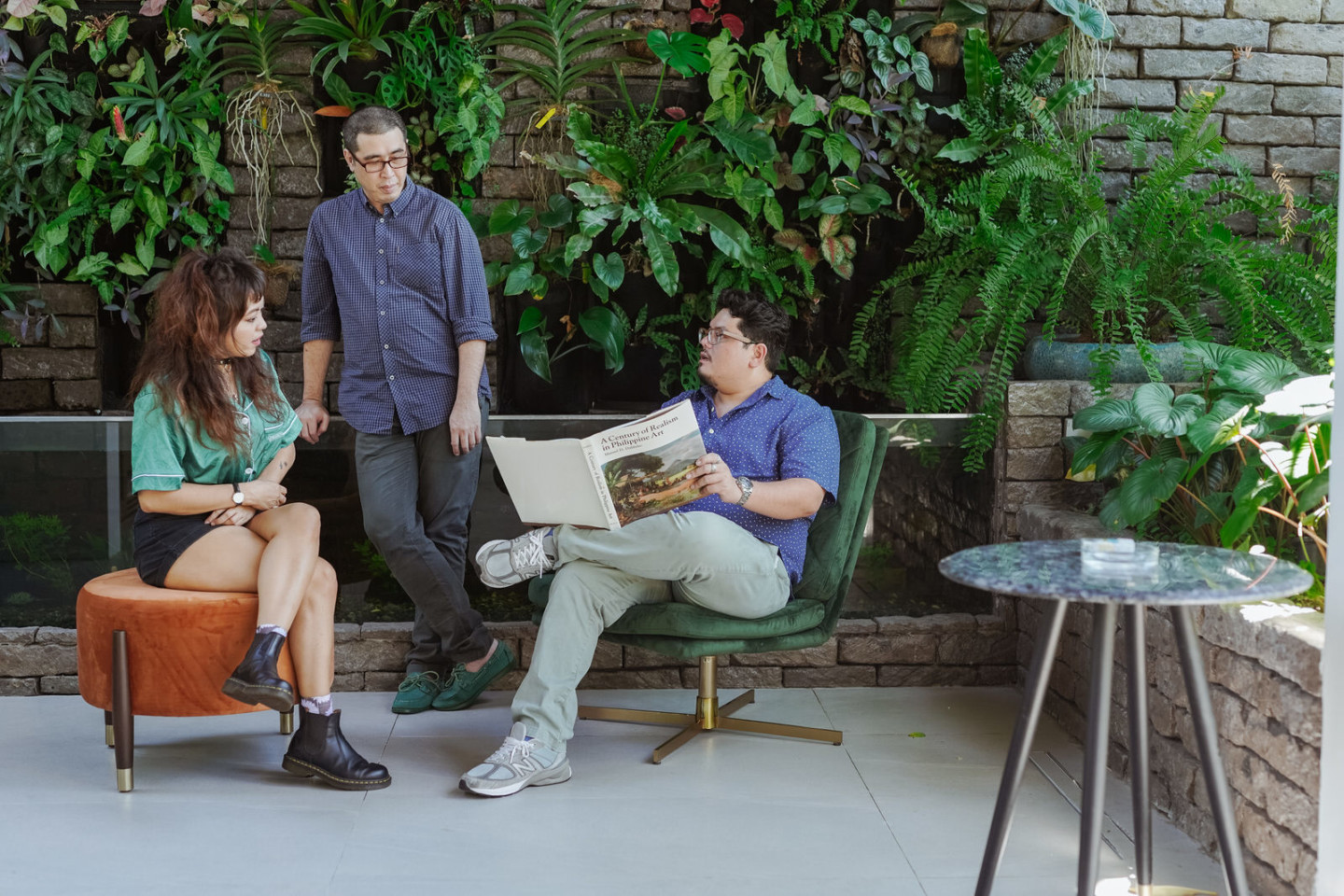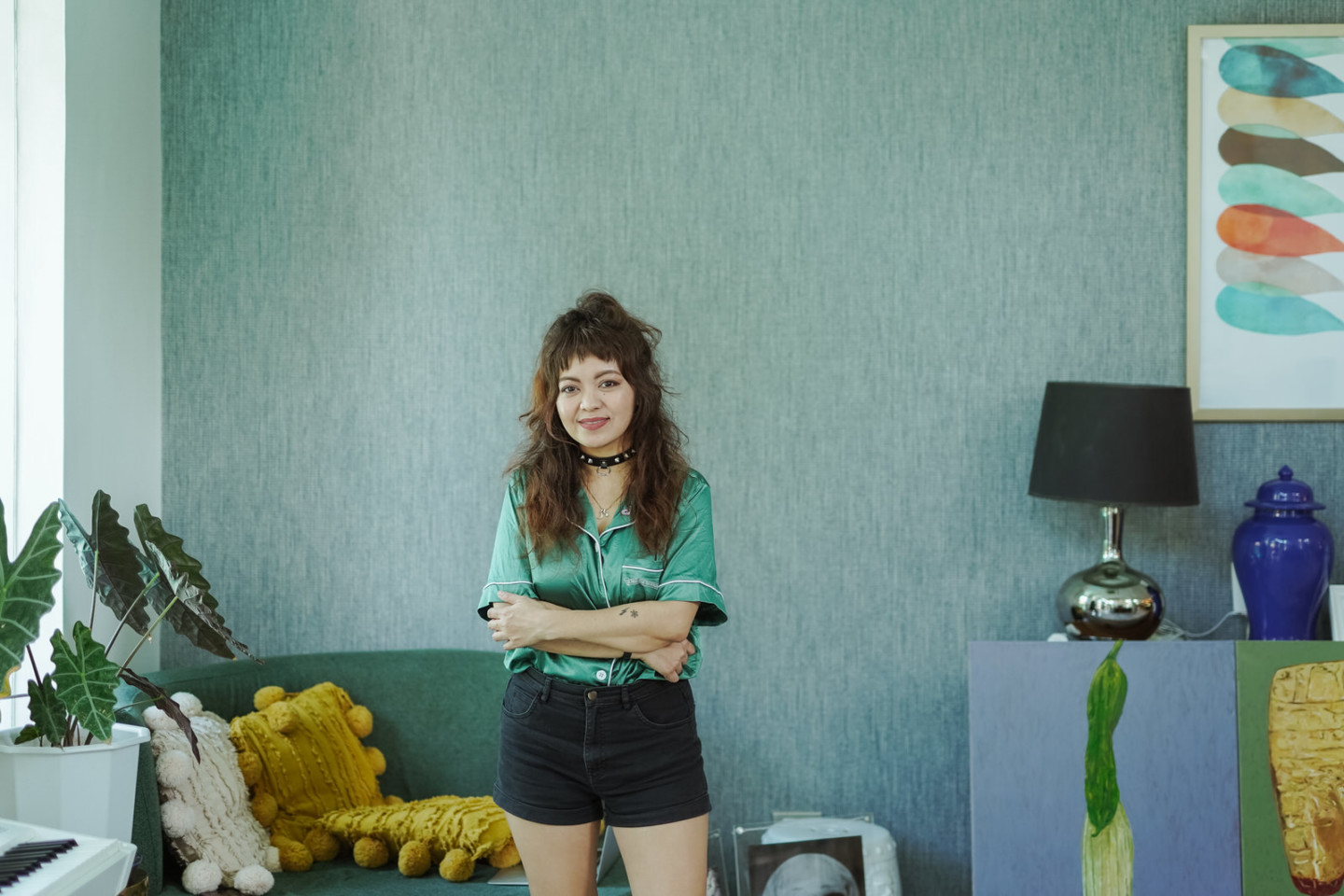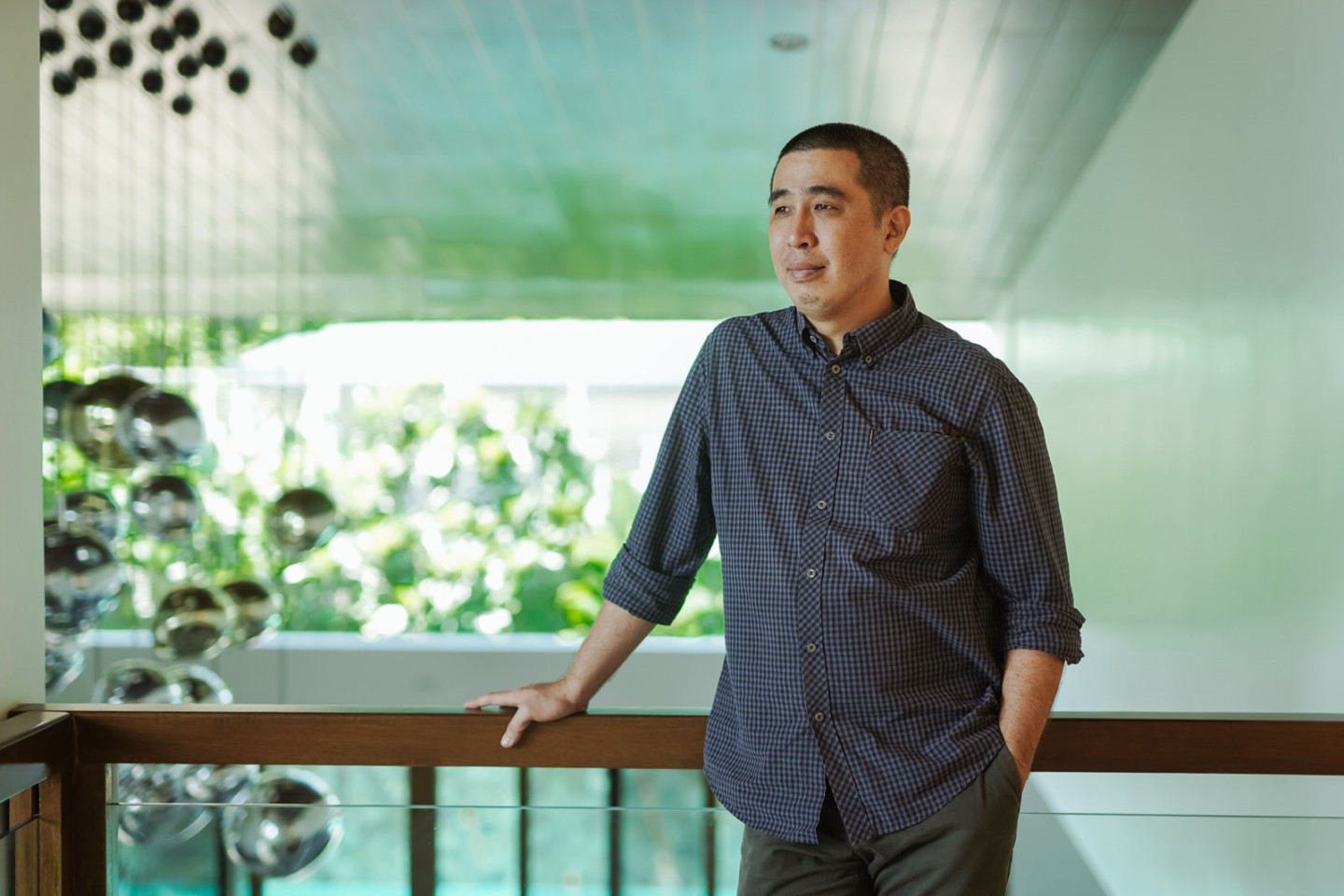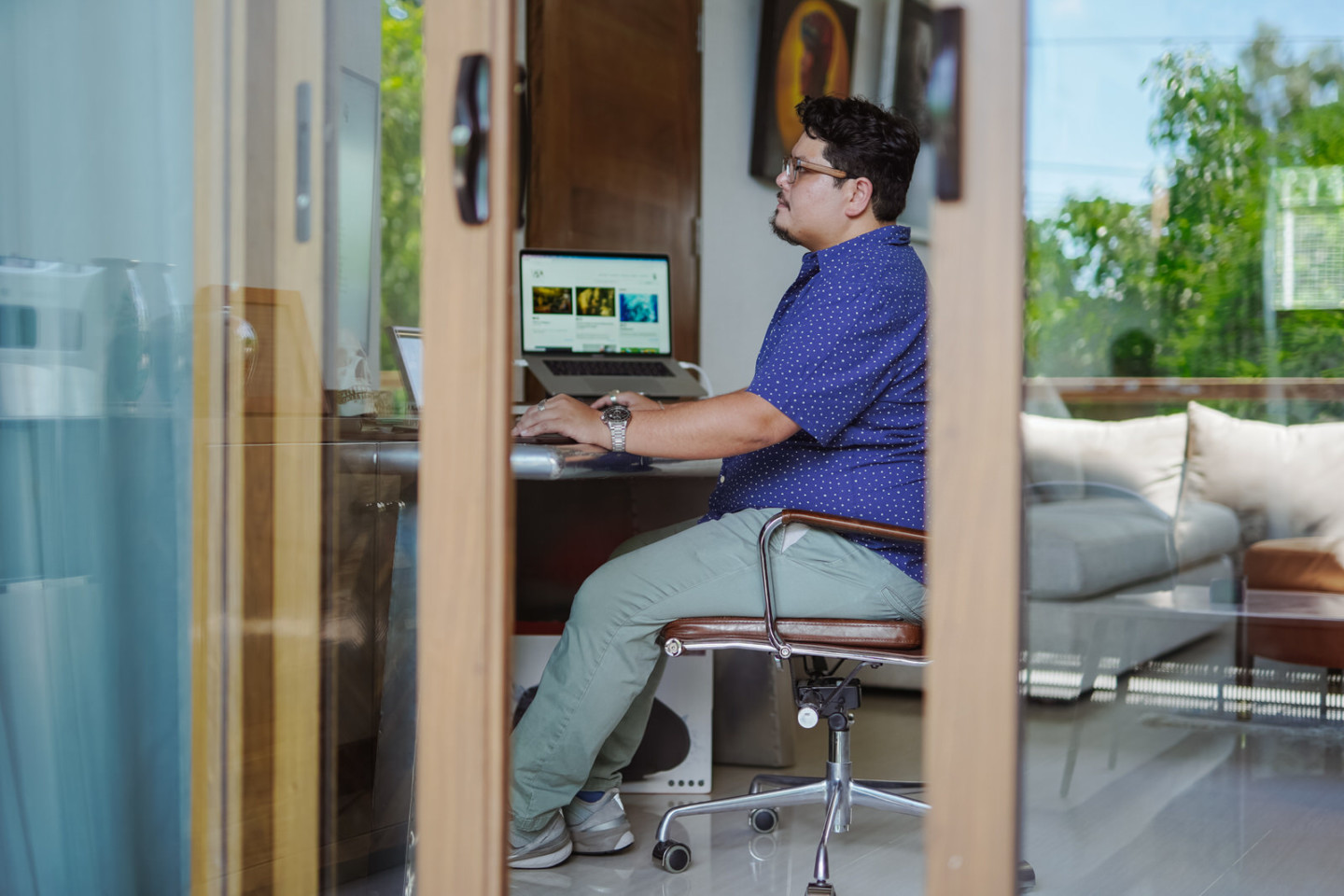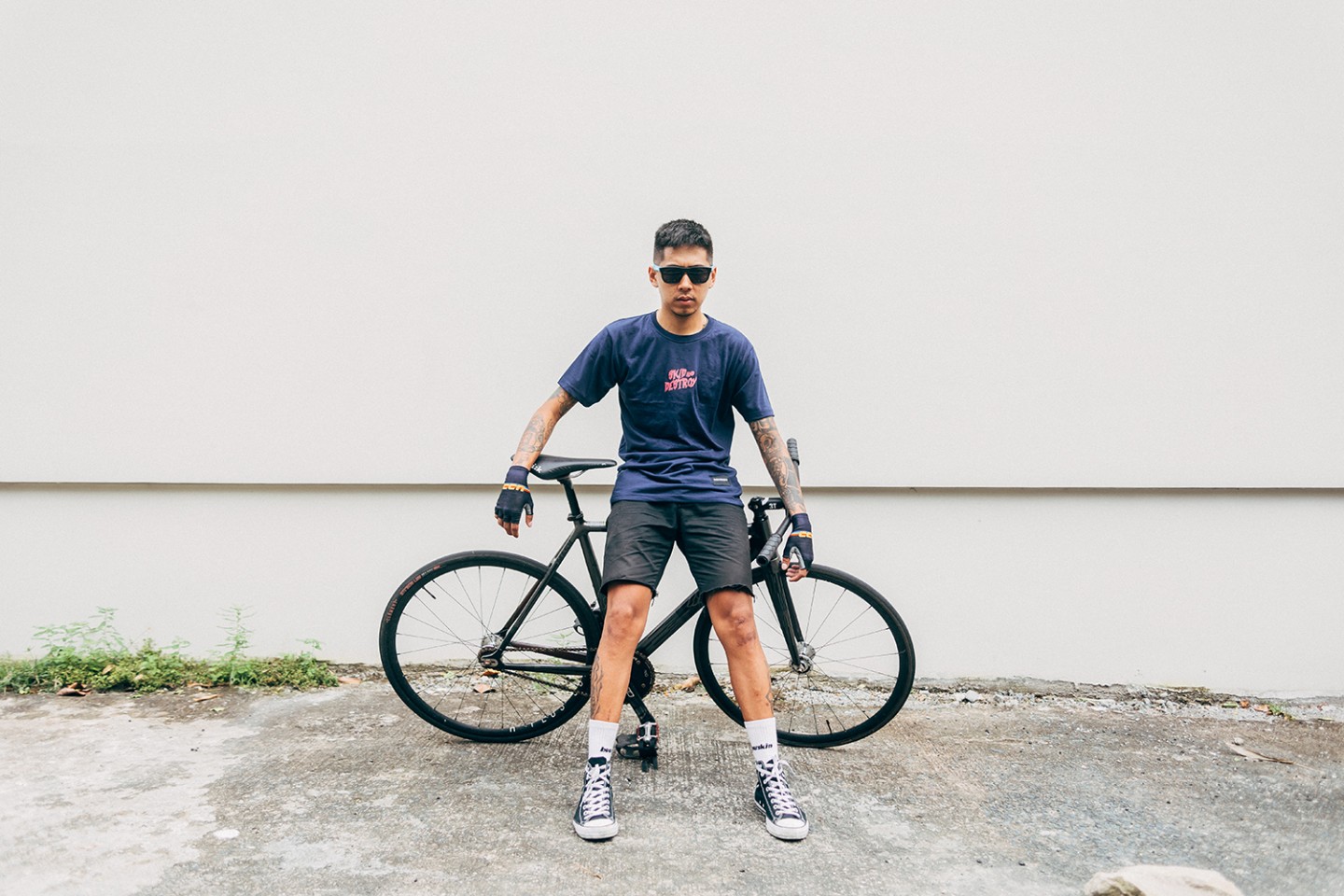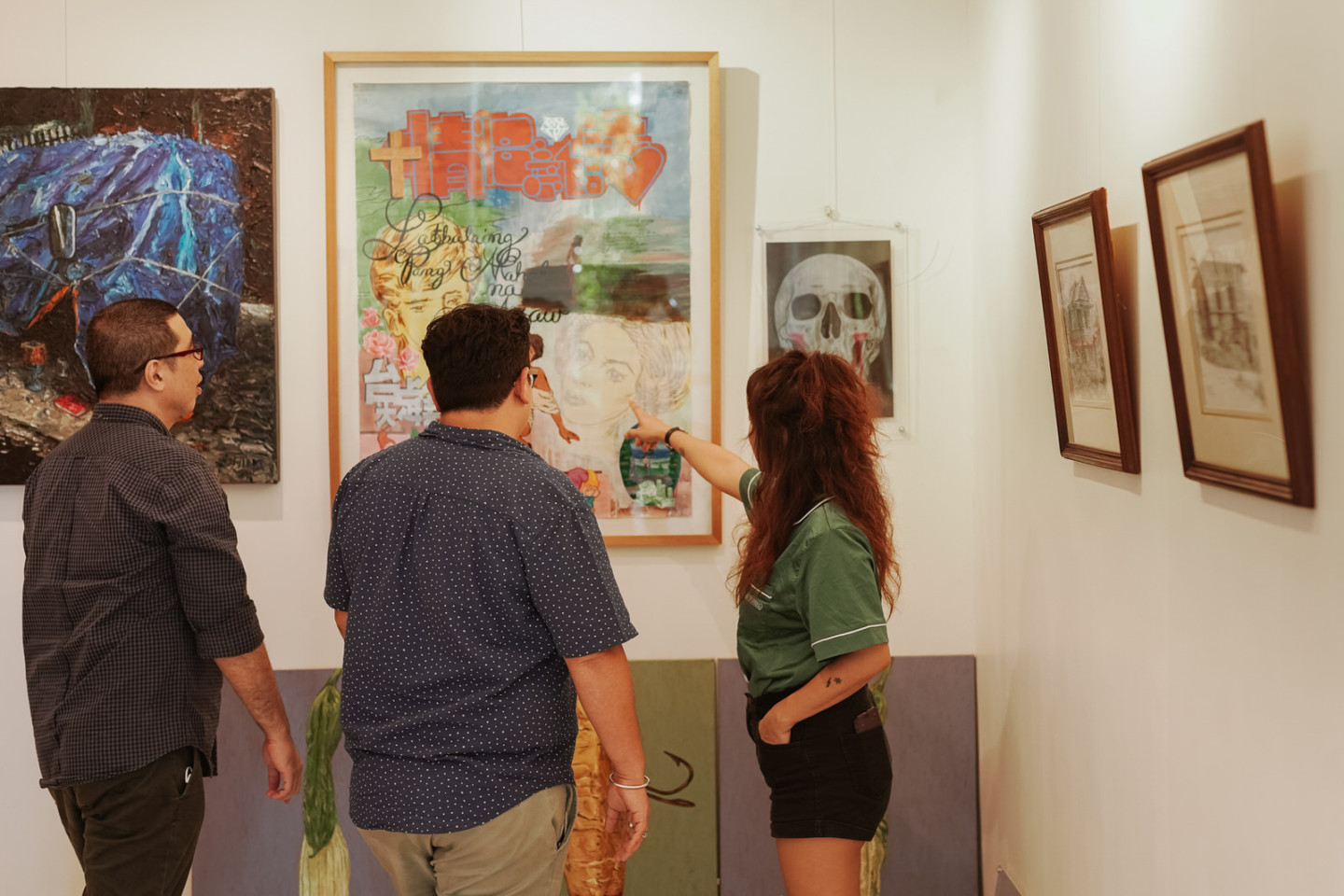
When it comes to art in the Philippines, there is still a level of hesitation from the general public. Often, because of how intimidating it seems. Initiatives over the years helped democratize this previously elite field, like the Pasinaya or Art Fair Philippines. But there still lies a challenge: how do you make art more accessible in terms of mental and emotional resonance?
Context, of course, is the key here. Despite the bevy of resources found around the net and elsewhere, Philippine contemporary art suffers from a lack of coverage that goes beyond exhibition notes. It’s this gap that Ram Bautista, Angela Gaddi, and Miko Sandejas wanted to address.
With their mutual love for the arts and desire to offer a palatable way to view art while also learning more about it, Ram, Angela, and Miko set out to establish Vintana—an online gallery that aims to demystify the world of art. Featuring images of gallery visits, pertinent works from artists here and abroad, and bite-sized commentaries on crucial art movements or artists, Vintana makes art both even more accessible and easier to digest.
Ram and Angela had known each other since high school. “When we started talking about art, that’s when Ram suggested that we do an online gallery. And I thought that since Miko was my officemate then—we were both writers—it was perfect because he was introducing me to the art world. Everything was aligning.”
Their mix of expertise—Ram is a tech entrepreneur and senior software engineer at Heyday Digital, Angela is a visual artist and writer with 10 years of experience, and Miko is a visual artist who has exhibited in mag:net, Finale, CCP, Osage, Hong Kong, and Vargas Museum—served as a strength in setting up Vintana. The online gallery became an avenue for them to explore what was new in the Philippine contemporary art scene, look at what could resonate with their audience, and present it in a digestible way. “It comes from understanding the trends,” says Miko. “For example, there’s a lot of abstraction going on in the art scene currently, and we want our audience to understand—the history or how to look at abstract art.”
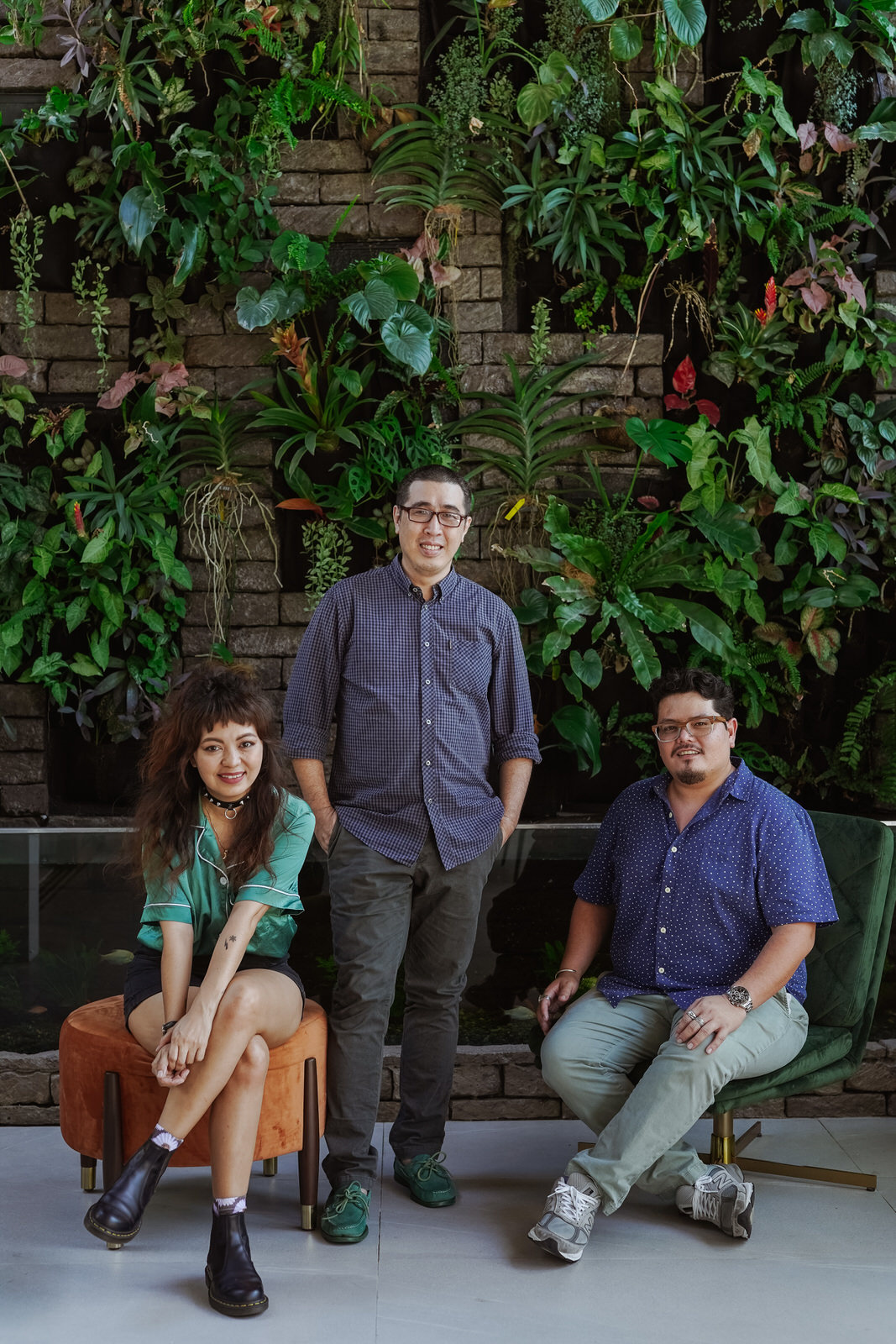
Photographer — Zaldine Alvaro
A lot of footwork and exposure to as much art as they could were involved for them to be able to do this, with Ram, Angela, and Miko attending openings whenever they could. Aside from getting a feel of what makes going to galleries so enjoyable, it also allowed them to socialize more with other artists and gallerists. By regularly visiting galleries, they were able to pinpoint newly fledged artists to shine a light on. In a way, the effect of this is twofold: aside from helping these artists find more patrons, this allows audiences to learn about art more intimately beyond the usual exhibition notes.
This commitment and passion towards bringing art to the people paid off. Artists they had visited prior would show their appreciation for the feature, while others would thank them for the content they produced on their site. “Our social media presence really touches a lot of people,” says Ram. “The way we write our articles is really full of passion and a lot of knowledge. It’s really rare in the blog scene to have a lot of original content about Philippine Contemporary Art.”
And this comes across to every aspect of what they do. True to their goal of making art much more accessible and digestible, their deliberate choice to use a combination of video, visuals, and text makes going through the articles and exhibitions a breeze for any art enthusiast—whether newbies or more experienced ones. They make it easier to hook the audience. Translating the offline experience to online, they made their site’s Exhibitions tab with the goal of providing an enjoyable multimedia experience per exhibit in the absence of a physical gallery, where visitors get a quick synopsis of the exhibition, a rundown of each piece, and a video exploring the details of each artwork.
In addition to that, the platform they created allows patrons to purchase the artwork straight from their website. They also made sure that their visitors can easily connect to the artists—leading to establishing a more personal connection even further.
Much like its serendipitous origins, Vintana is also a case for coming in at the right time. Having started in 2019—a little bit before the pandemic started—it provides the type of vigor sorely missed by regular arthouse mavens before the pandemic. But it also adds a layer of empathy to the experience. Instead of aimlessly walking through exhibits without quite knowing how to engage with the pieces, what the trio has created with Vintana serves as a docent that is part guide and part enthusiast.
Now more than ever, this is perhaps what the local art scene needs. While the pandemic did take a toll on galleries, the art scene continues to chug on by, thanks to continuous demand and generous patrons. But the Philippine art scene is more than its commercial aspects. And at a time where most of the local populace has turned to the arts to abet the cycle of frustration and ennui, it’s clear that it is all the more necessary.
Head to Vintana.ph to learn more about its commitment to promoting the Philippine art scene. Vintana will also be hosting a new exhibition—The Little Big Art Show—starting July 12 onwards on their website. The exhibit will feature the works of Kiko Escora, Pardo de Leon, and more.

